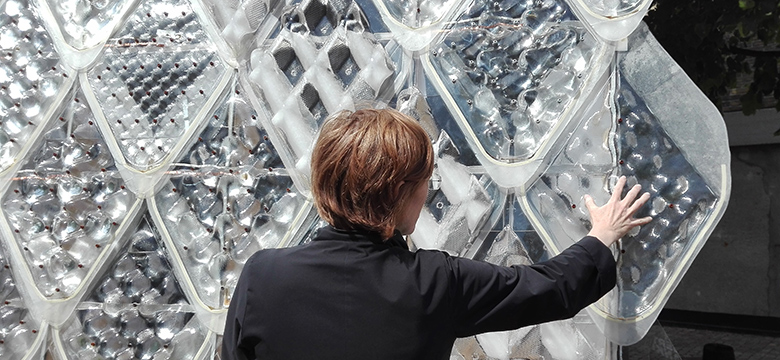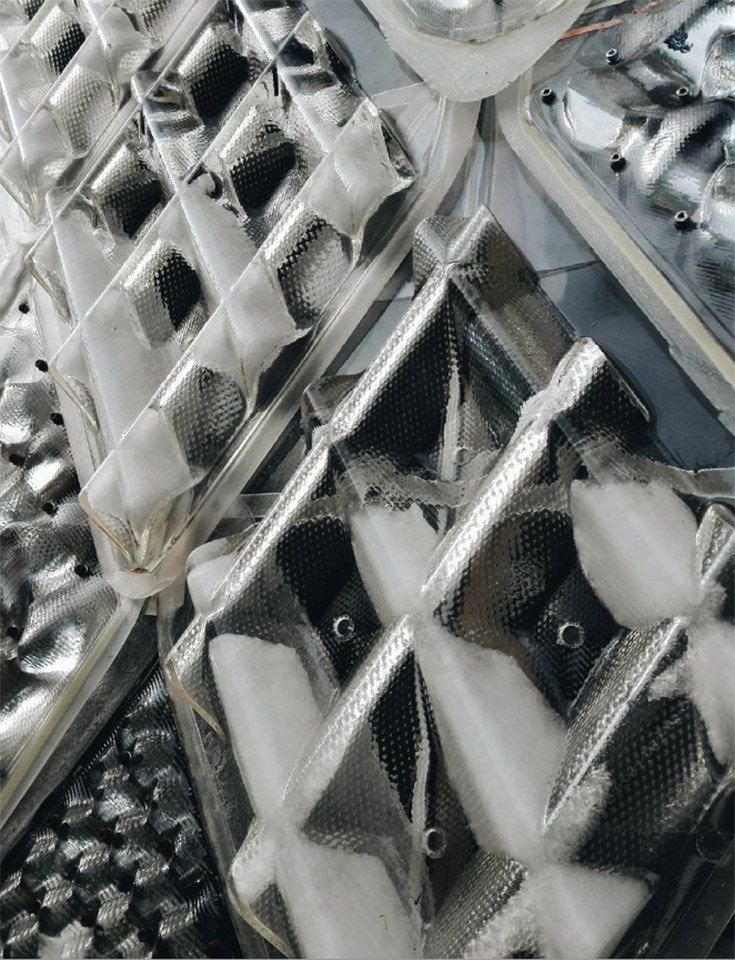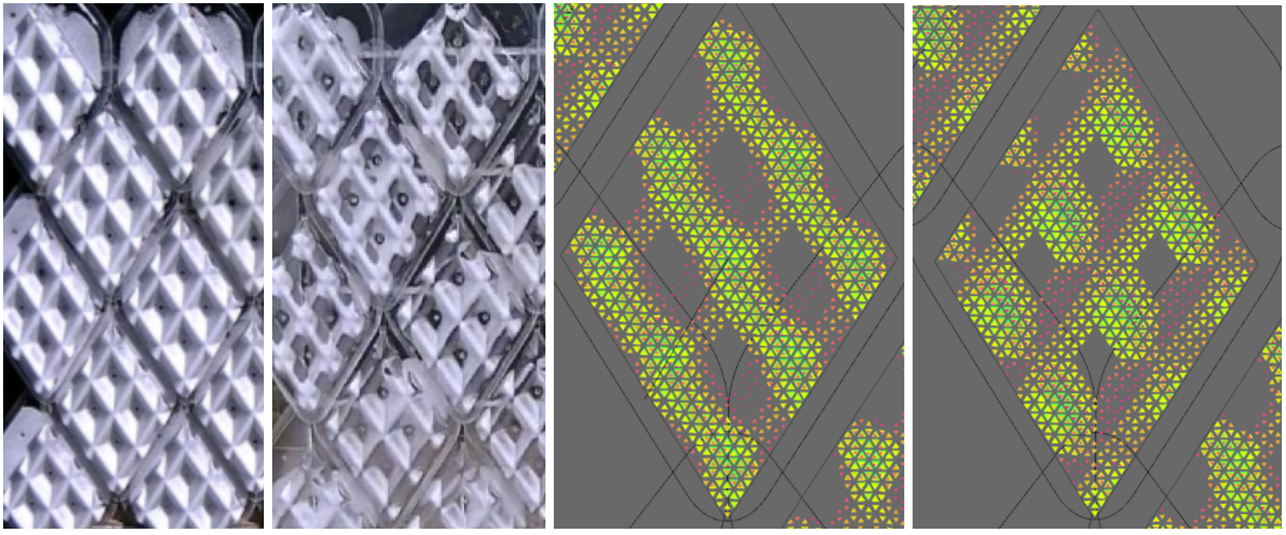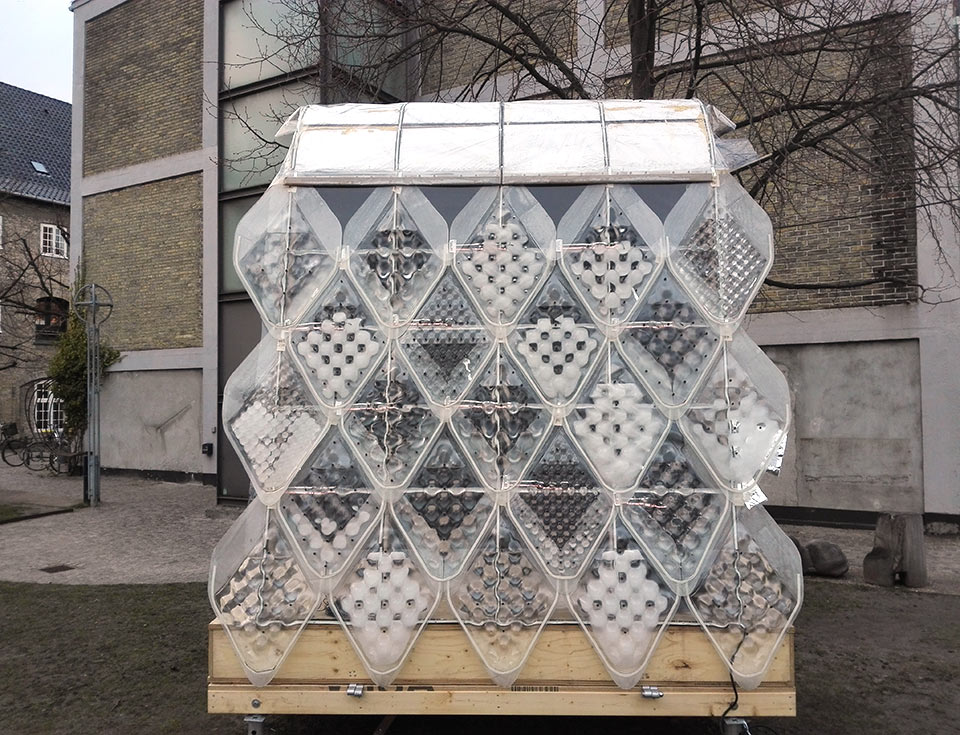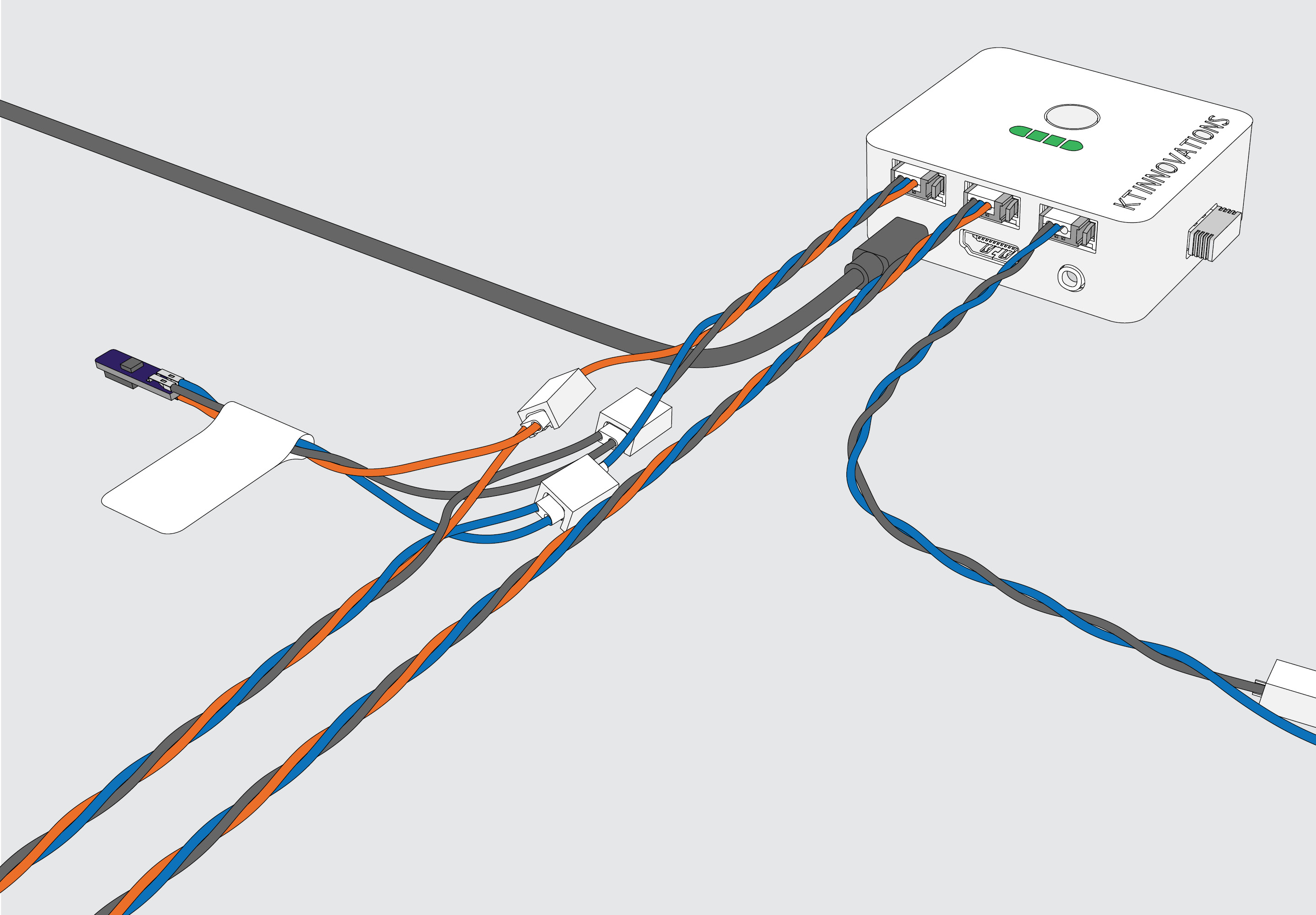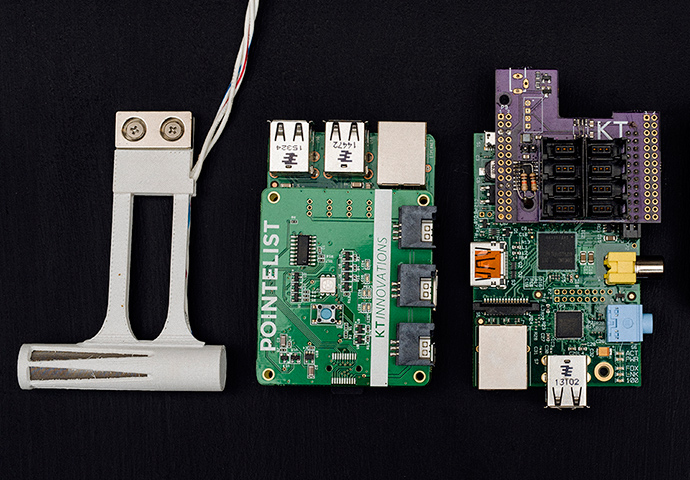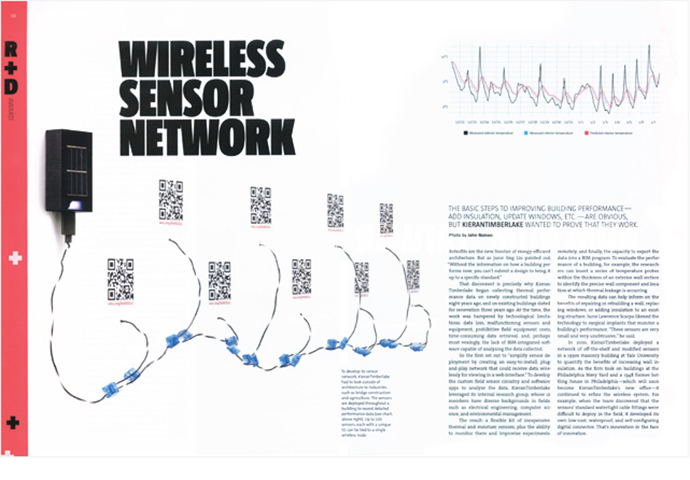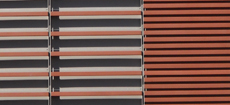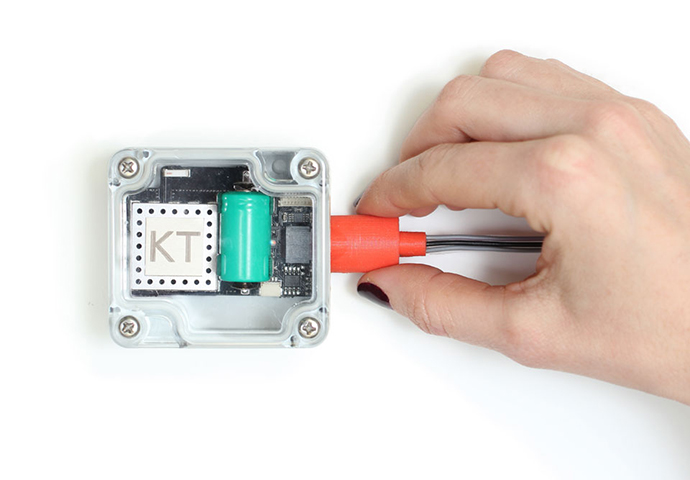How can we expand the application of digital modeling?
As digital modeling becomes more commonplace, architects are increasingly simulating buildings' energy use and exposure to wind and daylight during design. Despite this emerging practice, digital models are rarely used to examine more nuanced conditions such as the relationship between facade materials, textures, and climate. This represents a significant missed opportunity for the field of architecture, since the ways in which different surface textures react to changes in temperature, solar exposure, wind speed and direction, and relative humidity might have meaningful effects on a building's performance.
Facade panels made of encapsulated wax were designed to become more transparent or opaque in response to changes in weather, light, and the environment.
To address this issue head-on, KieranTimberlake collaborated with the Center for Information Technology and Architecture (CITA) at the Royal Danish Academy of Fine Arts in Copenhagen, Denmark, to expand our capacity for predicting how materials respond to environmental changes. To do this, our team developed facade prototypes made of paraffin wax encapsulated in PET, a type of transparent plastic. By harnessing the natural properties of wax, which is transparent when melted and opaque when solid, we were able to study how different surface textures responded to changes in weather.
Accompanying these prototypes were physics-based digital models that reflected the various modes of heat transfer between the wax prototype and the surrounding environment. Our digital models were calibrated by our physical prototypes using wireless sensors embedded in the wax, allowing us to more closely monitor the facades' specific reactions to different conditions.
Once calibrated, we used these digital models to predict how the facade prototypes would respond to seasonal weather and tree leaf cover predictions throughout a typical year. We also used the calibrated models to conduct real-time simulations to see how alternative surface textures would react to these same conditions. Ultimately, our work was successful when we were able to predict the exact melting pattern of a given surface texture over time under specific weather conditions.
The physical facade prototypes helped us calibrate our digital models so that we could explore the actual (left) versus predicted (right) melting patterns of each surface texture under different environmental conditions.
In addition to our investigation of texture and climate, this project challenged us to create a platform that allowed a diverse team, of which some members had very little knowledge of the properties of heat transfer, to deeply explore the field of thermodynamics. In response, we brought together disciplines ranging from sculpture and architecture to material science and ecology into a single experiment that encompasses design, measurement, and calibration. By coupling physical prototypes with digital modeling, this experiment became more than the sum of its parts as our team created an engaging design process that encouraged performance-based thinking, fostered transdisciplinary design, rethought how to model phase change materials, and explored thermodynamics in architecture.
The full-scale testbed was installed in the courtyard of The Royal Danish Academy of Fine Arts across two seasons.
Additional Publications
This project has been shared via the following peer-reviewed publications:
- "Multiscale modeling frameworks for architecture: Designing the unseen and invisible with phase change materials” by Billie Faircloth et al., International Journal of Architectural Computing
- “Coupled modeling and monitoring of phase change phenomena in architectural practice” by Billie Faircloth et al., Proceedings of the Symposium on Simulation for Architecture and Urban Design


